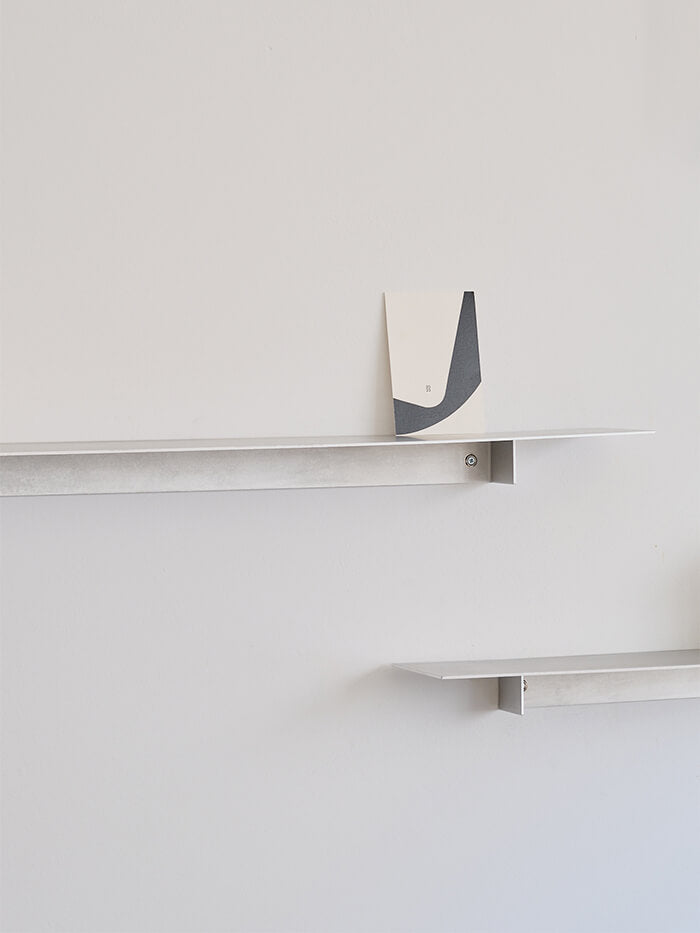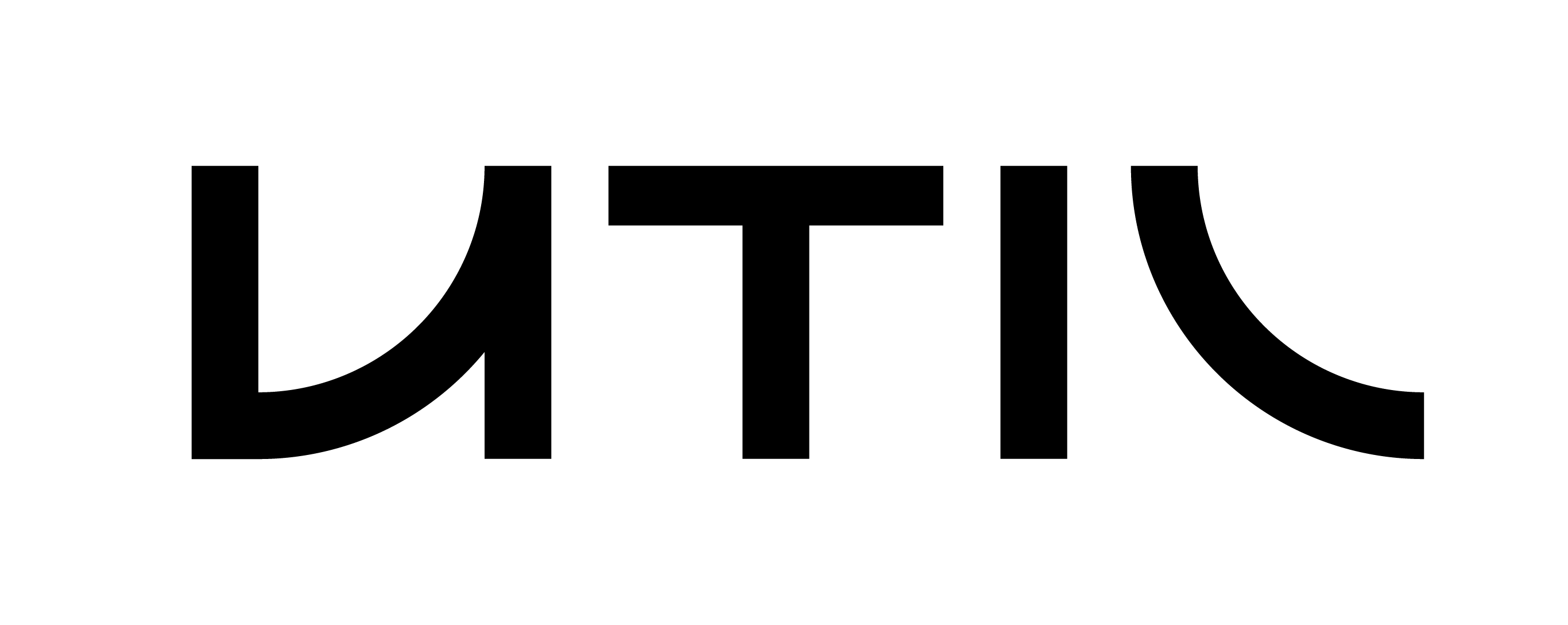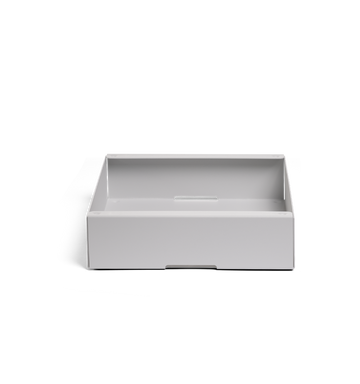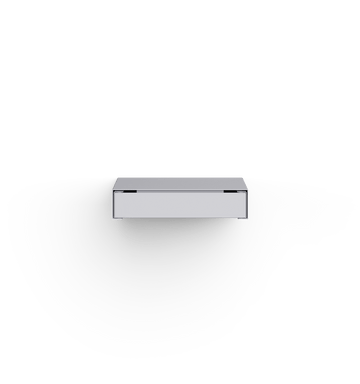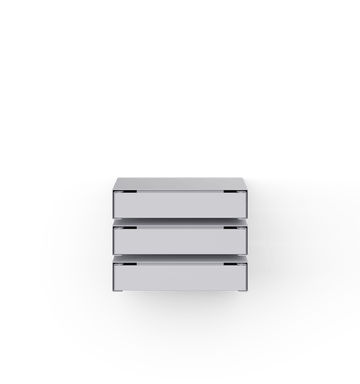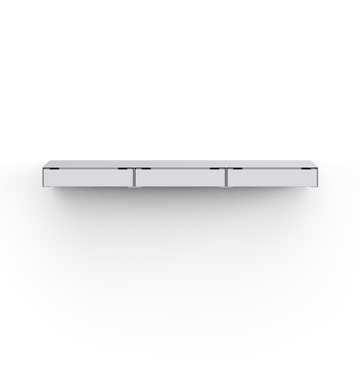CPRV is an industrial design studio founded in 2020 by Camille Paillard and Romain Voulet. Operating between London and Marseille, the studio focuses on creating products, lighting, furniture, and interior spaces—what they describe as all things to live with. Drawing from their diverse backgrounds in design, Camille and Romain collaborate to produce work that balances materiality, simplicity, and usefulness. We spoke with them about the origins of their studio, their design philosophy, and their collaborative process.
How did CPR![]() V come into being?
V come into being?
Camille: Romain and I met while studying design in France. After graduation, our paths split—I pursued further studies in Switzerland, and Romain moved to London to work. Eventually, we both found ourselves in London, working at different studios. We began collaborating informally, dedicating our weekends to doing projects together. This routine sparked the idea of establishing our own practice. In early 2020, just before the pandemic, we moved to Marseille and officially founded CPRV.





Did the pandemic influence your early projects?
Romain: Moving into a compact apartment in Marseille, we needed functional furniture that fit the space. This led to our first project, the Unité bed—a simple, self-supporting wooden structure inspired by architectural principles. The constraints of the space and the circumstances pushed us to think creatively. We also developed the KGT box during this time—a versatile storage solution that could adapt to our needs, like carrying items to the rooftop for aperitifs.
You describe your work as focusing on all things to live with. What does that mean exactly?
Camille: It's about designing objects that are part of our daily life—things you interact with regularly, whether at home, in the office or in public spaces. We don't limit ourselves to a specific typology. Our interest lies in creating objects that are functional, contextual, and enhance the user's experience.



Your designs value simplicity, materiality, and usefulness. How do you balance these elements?
Romain: I think it has to do with reducing an object to its essence without taking away its character. Our approach is intuitive. We let the context guide us, making sure that each design serves its purpose while giving it a kind of personality.
How does your collaborative process work on a day-to-day basis?
Camille: It's fluid. Sometimes one of us starts a project, and the other picks it up later. We share feedback continuously, and our different backgrounds complement each other. We also have different skill sets—I'm more focused on spatial design, while Romain leans towards product design.
Romain: This allows us to approach projects from multiple angles. It’s quite interesting.


You've collaborated with a number of interesting brands. How do these partnerships typically unfold?
Camille: Collaborations usually begin through personal connections or mutual friends. For instance, we met Manuel from UTIL through school and reconnected at various events.
Romain: We value organic relationships. Sometimes, a conversation leads to a project immediately; other times, it evolves over months or years.
What guides your decision-making when choosing collaborators or clients?
Camille: We look for alignment in values, like brands that value quality, sustainability, and thoughtful design. It's important for us to work with people who respect the design process and are open to dialogue. We also consider the environmental impact and ethical practices of potential partners.
Is there a project you would like to highlight?
Romain: The KGT Wall Unit for UTIL stands out for us. It's a modular system that started from a simple storage box and evolved into a flexible furniture solution. Our APLAT lamp is another example. Made primarily from folded paper, it embodies our interest in material exploration and simplicity.

Looking ahead, what areas of design are you most curious to explore?
Romain: We're interested in continuing to work with paper and finding new ways to innovate with this material. Exploring the intersection of technology and design is also on our minds—creating objects that incorporate tech in some way.
What does CPRV aim to contribute to contemporary life through its work?
Romain: We hope to create designs that resonate with people, improving their daily experiences without overwhelming them. Our goal is to design objects that are both functional and poetic—pieces that people live with, not just use.

Interview by Soraia Silva
Pictures by Manuel Amaral Netto
